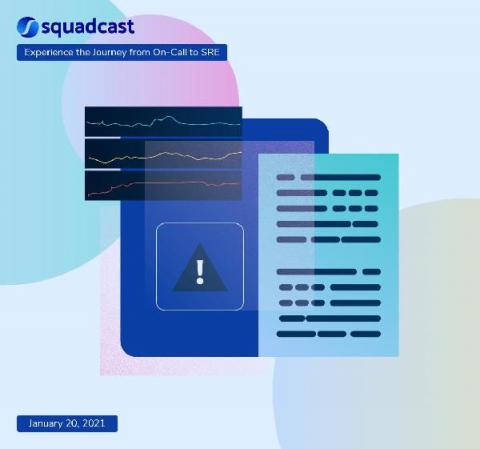Operations | Monitoring | ITSM | DevOps | Cloud
Latest News
Take the first step toward SRE with Cloud Operations Sandbox
At Google Cloud, we strive to bring Site Reliability Engineering (SRE) culture to our customers not only through training on organizational best practices, but also with the tools you need to run successful cloud services. Part and parcel of that is comprehensive observability tooling—logging, monitoring, tracing, profiling and debugging—which can help you troubleshoot production issues faster, increase release velocity and improve service reliability.
The Key Differences between SLI, SLO, and SLA in SRE
2021 is the Year of Reliability
There’s no better time than now to dedicate effort to reliable software. If it wasn’t apparent before, this past year has made it more evident than ever: People expect their software tools to work every time, all the time. The shift in the way end-users think about software was as inevitable as our daily applications entered our lives, almost like water and electricity entered our homes.
SREview Issue #9 January 2021
This Is the Most Underappreciated Skill for SREs
Building and Scaling Your SRE Team
Building Site Reliability Engineering (SRE) teams is hard! There are so many articles and explanations of what SRE means, it’s easy to get lost. Going beyond understanding what the individual SRE role is into building and scaling a team of SREs is more of a challenge. It’s important to find the right information that will help you take your SRE team to the next level.
Top Observability tools for DevOps Engineers and SREs
(Almost) Everything You Need to Know About SRE
Site Reliability Engineering (SRE) is a hot topic, but what exactly does it entail? And do you have to follow the principles to a T in order to achieve benefits from it? If you’re searching for answers to these common questions, look no further. In this episode of the Cloud & Culture podcast, VMware Tanzu’s Hannah Foxwell explains the what, why, and how of SRE—from key principles (such as SLI, SLO, and error budgets) to real-life examples of enterprise adoption.











